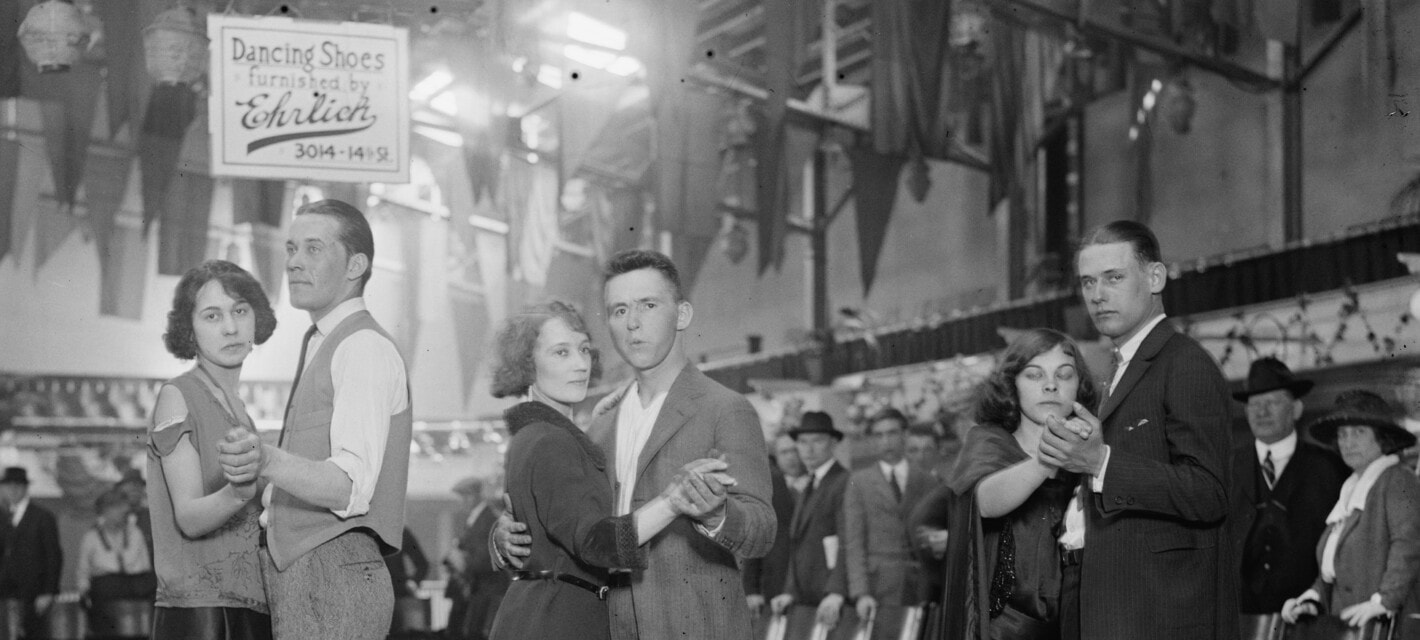Viral memes, trends, and fads are a mainstay of social media today. However, viral stuff is not an Information Superhighway creation. History is full of silly viral moments from long before the internet. Take the World War II ‘KILROY WAS HERE’ meme for example. In just about every location where GIs passed through, it was almost inevitable that graffiti would be left behind stating that Kilroy had been there. Often accompanied by a cartoon of a long-nosed guy, poking his head over a fence. Below are thirty things about that and other pre-internet viral moments, trends, and fads.
30. World War II’s Most Viral Meme

Every now and then these days, graffiti of a long-nosed bald guy peeping over a wall pops up on buildings, often with the caption “KILROY WAS HERE“. It’s a modern homage to a 1940s viral meme that swept the globe during WWII, and appeared wherever American servicemen could be found. It became a kind of competition for GIs to try and tag the most obscure, out-of-the-way, and unlikely locations with the picture and text that Kilroy had been there. Kilroy had apparently been everywhere. The phrase and drawing were seen in bathrooms, barracks, cafeterias, tents, Navy ship holds, the ruins of wrecked buildings, carved on tree trunks, and just about any surface that could get painted or chalked.

The meme went so viral that it reportedly even preceded the arrival of American servicemen. GIs who stormed enemy beaches claimed to have seen notices that Kilroy had been there ahead of them. The Kilroy doodle mystified Japanese intelligence. The rumor mill had it that even Hitler wondered what the deal was with Kilroy, and whether it was code for some dangerous Allied espionage operation. At the Potsdam Conference after Germany’s surrender, Stalin saw “Kilroy was here” tagged in the VIP bathroom, and asked who he was. So just who was Kilroy, and how did WWII’s most viral meme get started?

